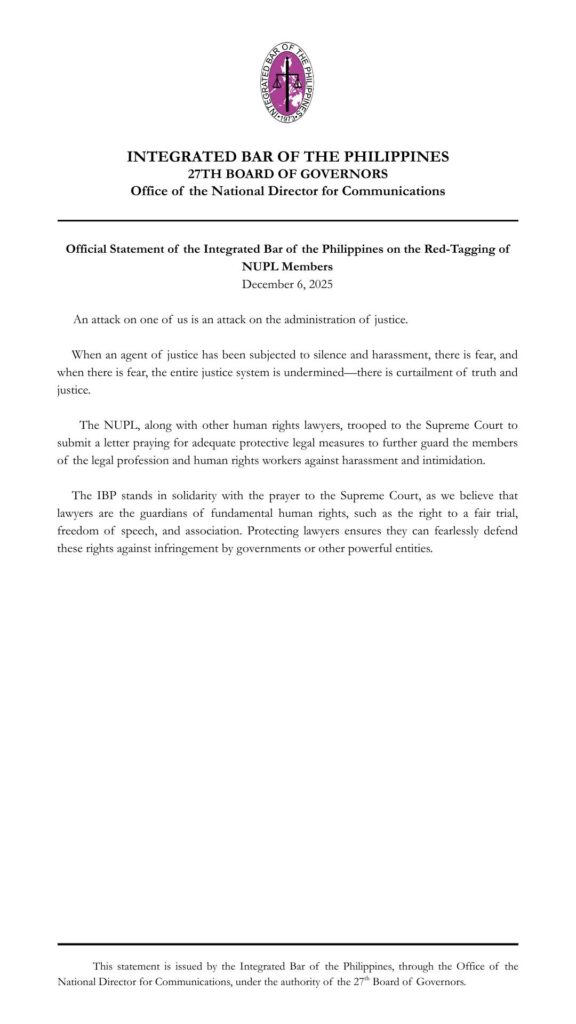A “security” project worth P8 million under former President Rodrigo Duterte’s transportation secretary, Arthur Tugade, has been exposed as a deadly failure after flimsy bollards failed to stop a runaway Ford Everest from killing a 5-year-old girl and another victim at Ninoy Aquino International Airport (NAIA) Terminal 1 on Sunday morning.
Documents obtained by The City Post reveal that the Manila International Airport Authority (MIAA) touted the installation of security bollards at NAIA Terminals 1, 2, 3, and 4 in its 2019 Accomplishment Report. The project, completed during Tugade’s tenure from 2016 to 2022, was meant to enhance terminal safety by preventing vehicles from crashing into terminal walls at the curbside parking area.
“The project involves the supply and installation of security bollards at the curbside area of NAIA Terminal 1, 2, 3, and 4 to promote terminal safety by preventing vehicles from ramming into the walls of the terminals at the curbside parking area,” the report read.
However, there is no indication that crash-tested standards (such as ASTM F2656, which rates bollards for vehicle impact resistance) were followed in the installation.
CCTV footage from the tragic incident shows the black Ford Everest plowing through the barriers, killing two people and injuring several others. The crash has raised urgent questions about the bollard project’s design and whether it was ever built to meet proper safety standards.
In a Facebook post, RJ Flores Architectural Design criticized the bollards, suggesting they were likely not built to withstand such an impact despite being funded by taxpayers as a critical safety measure.
“Bollards play a crucial role in enhancing safety, controlling traffic, and protecting both people and infrastructure. They act as physical barriers that prevent unauthorized vehicle access, accidental crashes, and potential vehicle-ramming incidents, all while guiding pedestrian and vehicular flow,” the firm stated.
“This recent event underscores the critical need for architects, engineers, and planners to not only specify standard-compliant safety measures like bollards but also to re-evaluate the appropriateness of vehicle access and parking in pedestrian-dense areas,” it added.
Engineer and online personality Clark Ferrer, known as “Mr. Contractor,” pinpointed the cause of the bollard failure: poor-quality work, likely due to shortcuts and graft.
“The bollard’s insufficient anchoring depth compromised its function, reducing it to mere decoration,” Ferrer said. “Someone cut corners. Someone rushed the job. Someone pocketed money. Someone signed off on something they knew was wrong.”
The tragic crash on May 4 is now at the center of a growing investigation, shining a spotlight on the rushed and potentially corrupt process behind the installation of the bollards—an ill-conceived solution that ultimately failed to protect the public. (TCSP)




